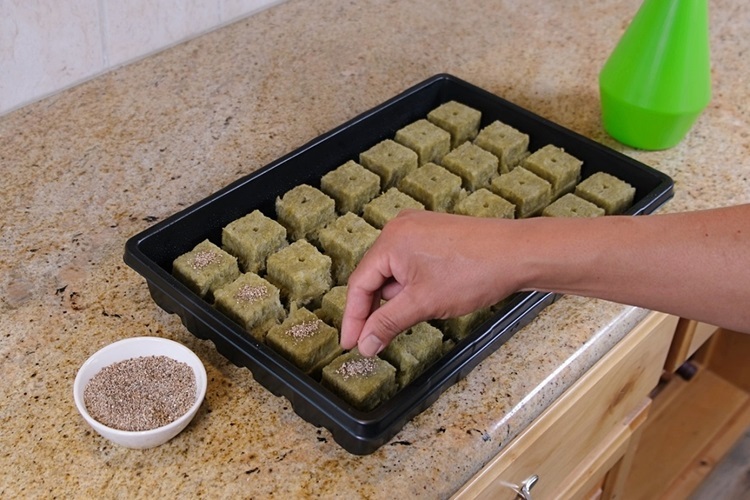When starting a hydroponic garden, one of the most crucial steps is germination. Whether you’re growing leafy greens, herbs, or fruiting plants, the process of germination lays the foundation for healthy growth. In a hydroponic tower, where plants thrive without soil, germination requires specific conditions to ensure seeds sprout effectively. Understanding how germination works and how it connects with the hydroponic tower system can make the difference between weak seedlings and a thriving vertical garden.
What is Germination in Hydroponics?
Germination is the process where a seed absorbs water, activates enzymes, and begins to sprout into a seedling. Unlike traditional soil gardening, hydroponics relies on nutrient-rich water and controlled environments. When using a hydroponic tower, seeds are typically germinated outside the system and later transplanted into the tower pods. This ensures that seedlings are strong enough to adapt to the vertical hydroponic environment.
The Stages of Germination
Seeds undergo several critical stages during germination:
- Imbibition (Water Absorption) – The seed coat absorbs water, swelling and softening.
- Enzyme Activation – Nutrients stored in the seed are broken down for energy.
- Radicle Emergence – The first root breaks through, anchoring the plant.
- Shoot Development – The stem and leaves push upward to begin photosynthesis.
In a hydroponic tower system, this process is carefully monitored to ensure seedlings grow strong and uniform.
How to Germinate Seeds for a Hydroponic Tower
Successfully germinating seeds for hydroponics requires preparation:
Choose the Right Medium
Seeds are usually started in rockwool, peat pellets, or coco coir plugs. These mediums retain moisture while providing enough air circulation for roots.
Provide Optimal Conditions
- Temperature: Most seeds germinate between 68–75°F.
- Moisture: The medium should remain damp, not waterlogged.
- Light: Some seeds need light to germinate, while others prefer darkness.
Transplanting to the Hydroponic Tower
Once seedlings develop their first set of true leaves, they are ready for transplantation. Placing them into the hydroponic tower allows them to access a steady flow of nutrients and oxygen-rich water, accelerating growth.
Benefits of Germination in a Hydroponic Tower
- Faster Growth – Controlled environments reduce stress and speed up sprouting.
- Higher Yields – Uniform seedlings develop into healthier plants.
- Space Efficiency – Vertical growing maximizes output in small areas.
- Fewer Pests & Diseases – Germination in sterile mediums reduces soil-borne threats.
Common Mistakes in Germination for Hydroponics
- Overwatering the medium, leading to seed rot.
- Using poor-quality or old seeds.
- Failing to maintain proper temperature and humidity.
- Transplanting too early into the hydroponic tower.
Avoiding these mistakes ensures strong seedlings that thrive in your system.
Final Thoughts
Germination is the very first step toward a successful hydroponic harvest. By starting seeds correctly and transferring them to a hydroponic tower at the right stage, growers can achieve healthier plants and higher yields. With the right balance of water, nutrients, and care, your vertical hydroponic system will provide fresh produce year-round.
FAQs
Q1: Can seeds be germinated directly in a hydroponic tower?
Some seeds can sprout directly in the tower, but most growers prefer germinating them in plugs or rockwool cubes before transplanting.
Q2: How long does germination take in hydroponics?
It depends on the plant. Lettuce may sprout in 2–3 days, while peppers and tomatoes can take 7–14 days.
Q3: What is the best medium for germination in hydroponics?
Rockwool cubes are a popular choice because they retain water well and provide a sterile environment.
Q4: When should seedlings be moved to the hydroponic tower?
Once seedlings show 2–3 true leaves and strong roots, they are ready for transplantation.
Q5: Do hydroponic seedlings need fertilizer during germination?
During early germination, seeds rely on stored energy. Once seedlings emerge, a diluted nutrient solution can be introduced.





Comments